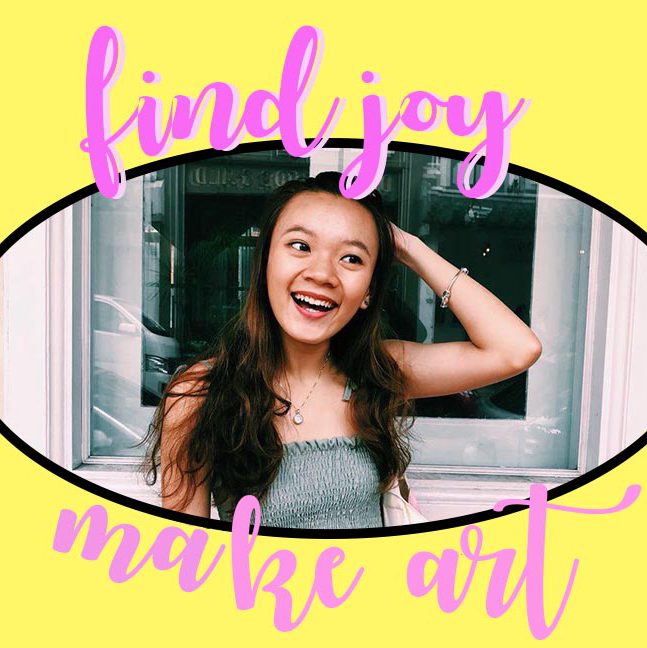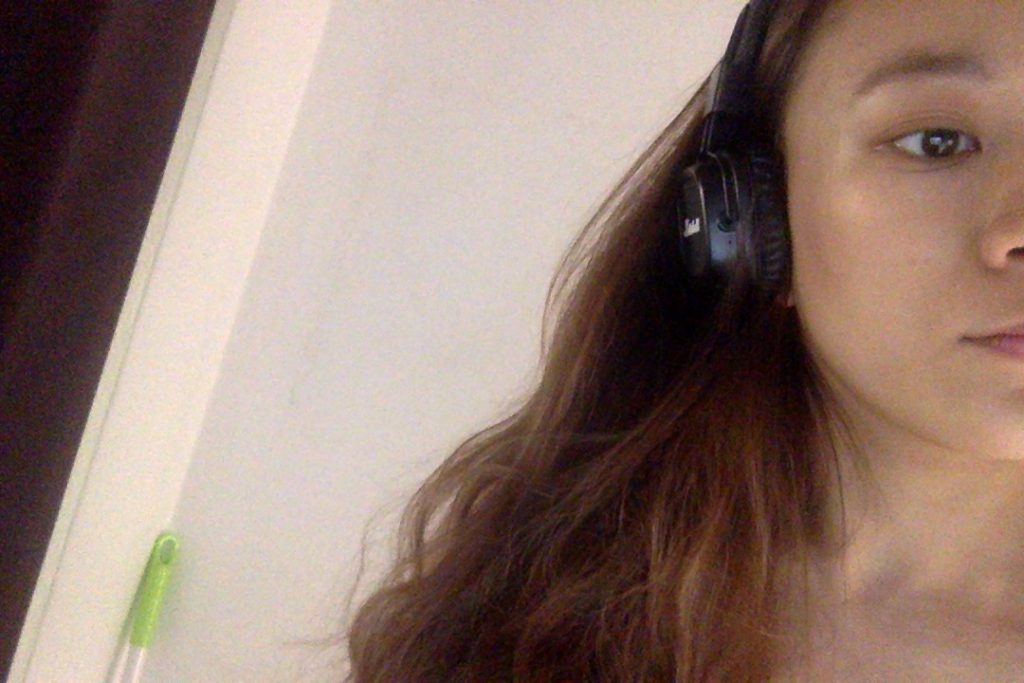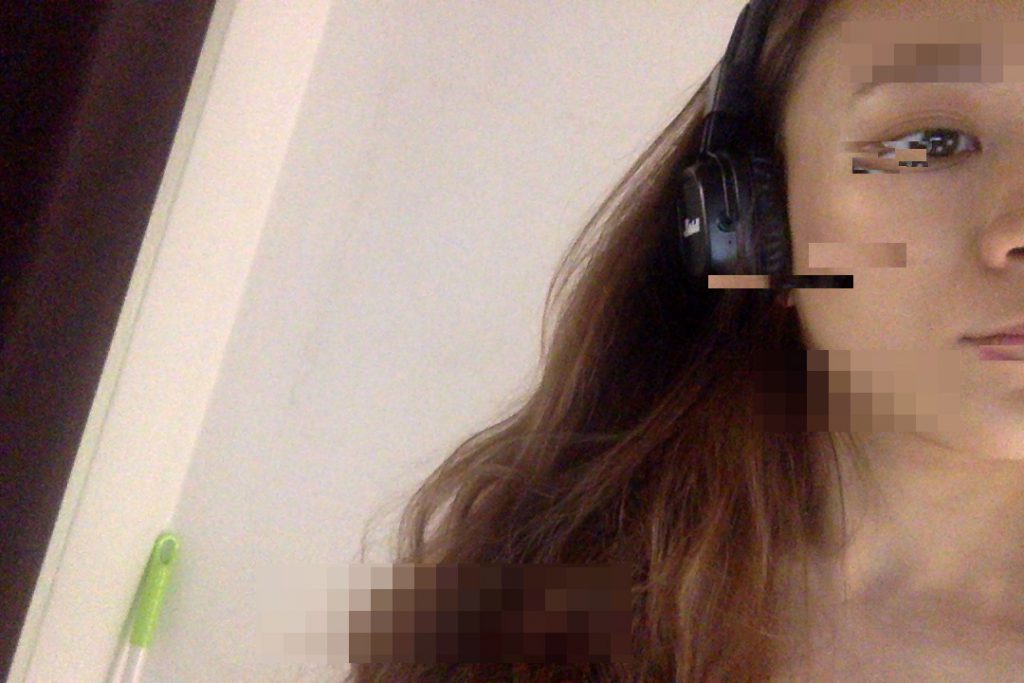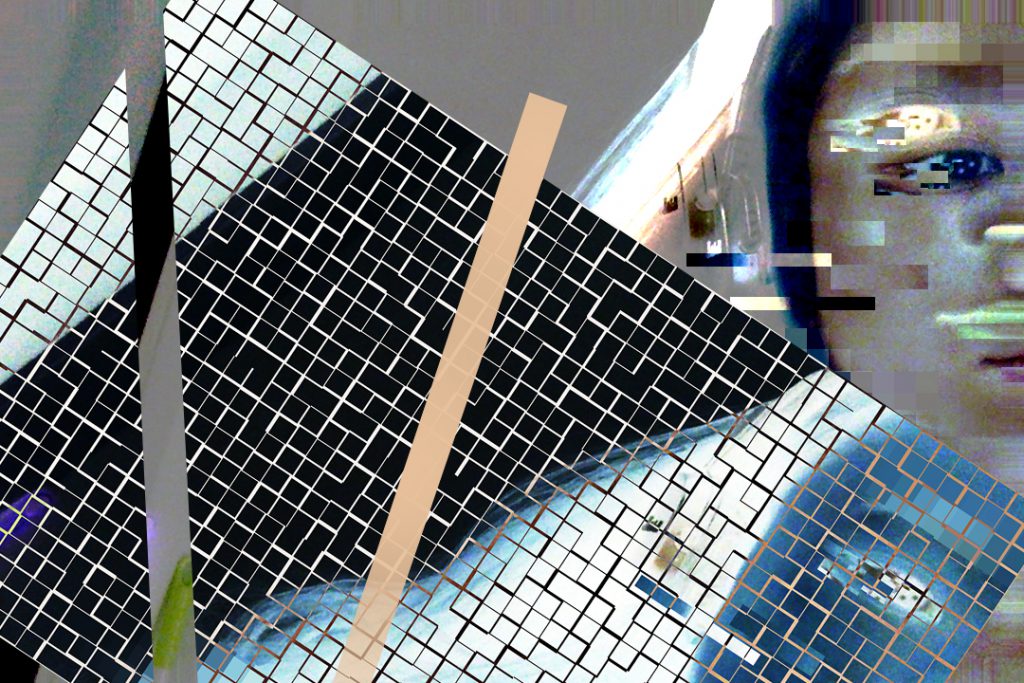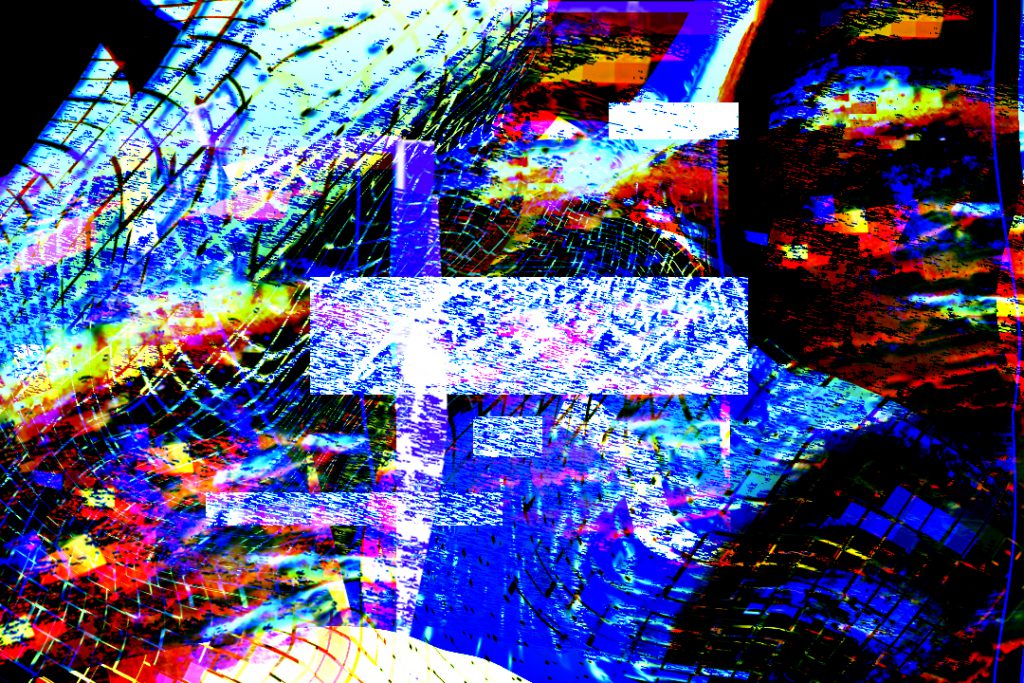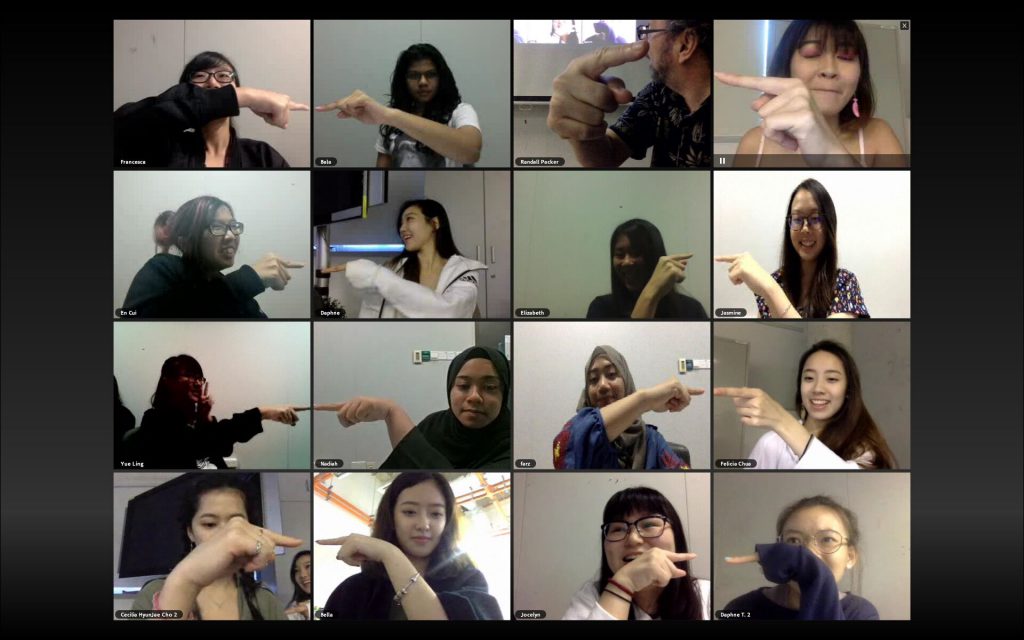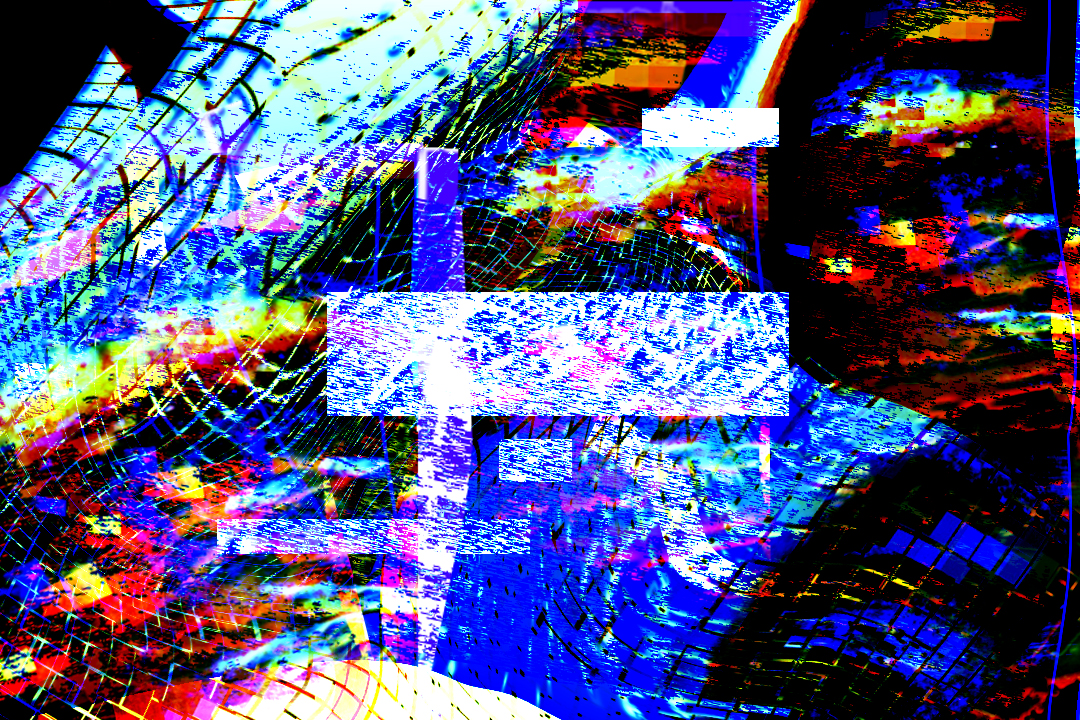
I’ve Got G1iTch
In class today, we learnt and discovered about collective art and glitch. For in class project, we took images of our classmates and used photoshop to glitch them up!
Glitch, disturbing, provoking and horrifying. Beautifully Dangerous.
I echo Rosa Menkman’s description of glitch. It is noise compiled together, piles of neon colours, the mismatch of colours that draws our attention solely because of its oddly satisfying destruction. Looking at my final piece finished up by Shu, although I can no longer easily sift out my facial features, the final product is as Rosa Menkman would describe as “a creation of something original”.
When embarking on this glitch experiment in class, I have no idea how the final products will look like, but looking at all of them in class and on OSS, I understood the uncertainty in glitch art, in creating them.
..fight genres and expectations
Moving away from standard photo editing applications, we were challenged to go onto Photoshop to glitch up each other photos then passing it on for another make over. As I was handling my friends’ photos, I had no agenda. No motive of making it look aesthetically pleasing, or whatsoever. I went with my gut feeling, go as the cursor goes and tried on any filter, any action button that could modify the image. As it got passed on, from one classmate to another, the modifications piled up, glitching the entire image, some still recognizable, some were beyond recognition.
Conclusions
Afterall, the experience taught me the non-default, random, constantly changing nature of glitch. Embracing the flaws, just like Wabi-sabi, a Japanese philosophy of accepting imperfections, and going beyond the conventional, cookie-cutter filters, to explore the unlimited possibilities of a new paradigm of aesthetic.
